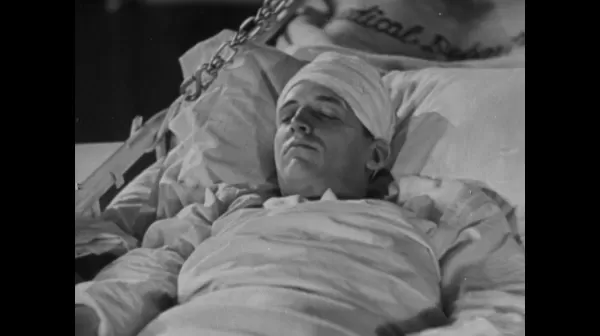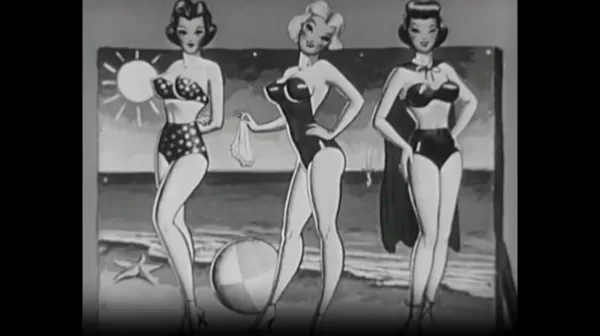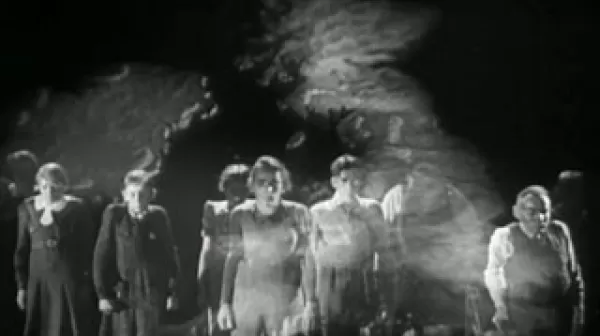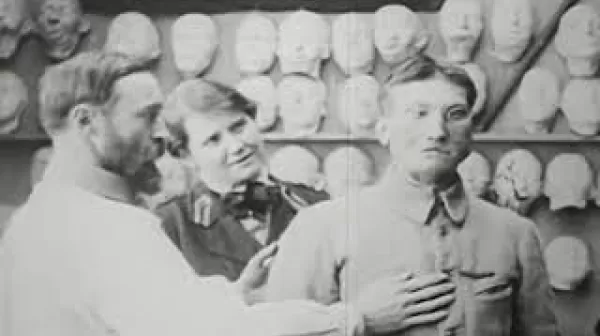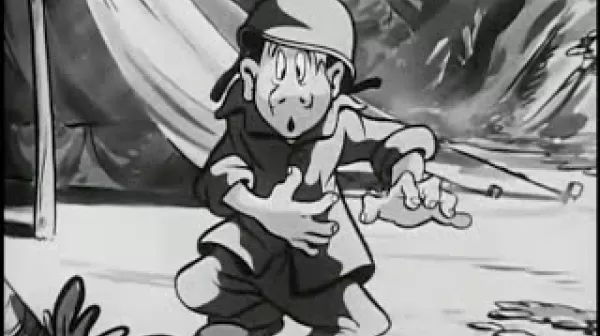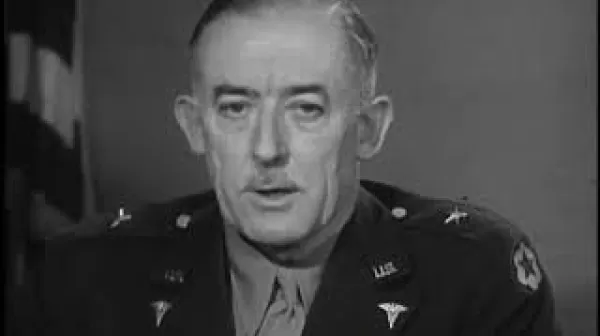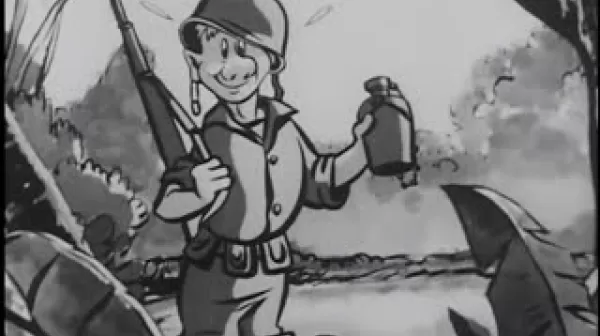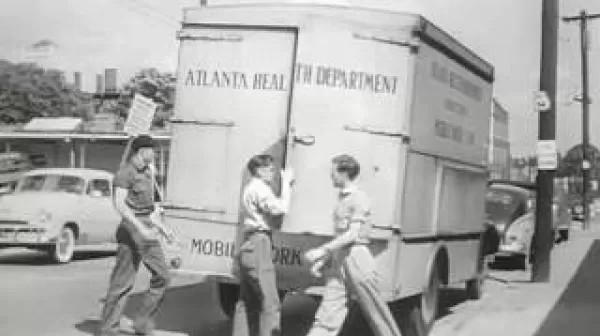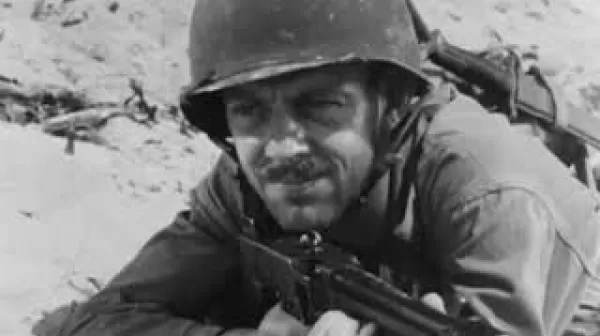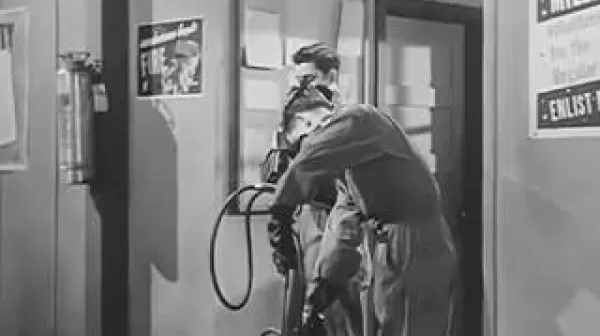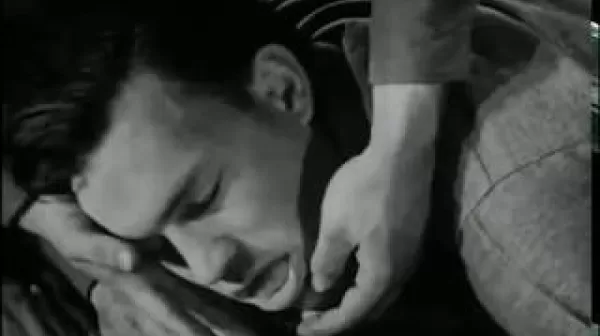Evening Care (US Navy/US Army, 1943)
Part of the U.S. military's "Care of the Sick and Injured" series, this film offers instructions for Navy medical corpsmen on how to provide evening care to their fellow sailors recovering in the sick bay of a ship. Narration takes place over footage of corpsmen doing the following: washing patients, giving a back rub, checking for pressure sores, tidying beds, giving individual care, and completing records.

